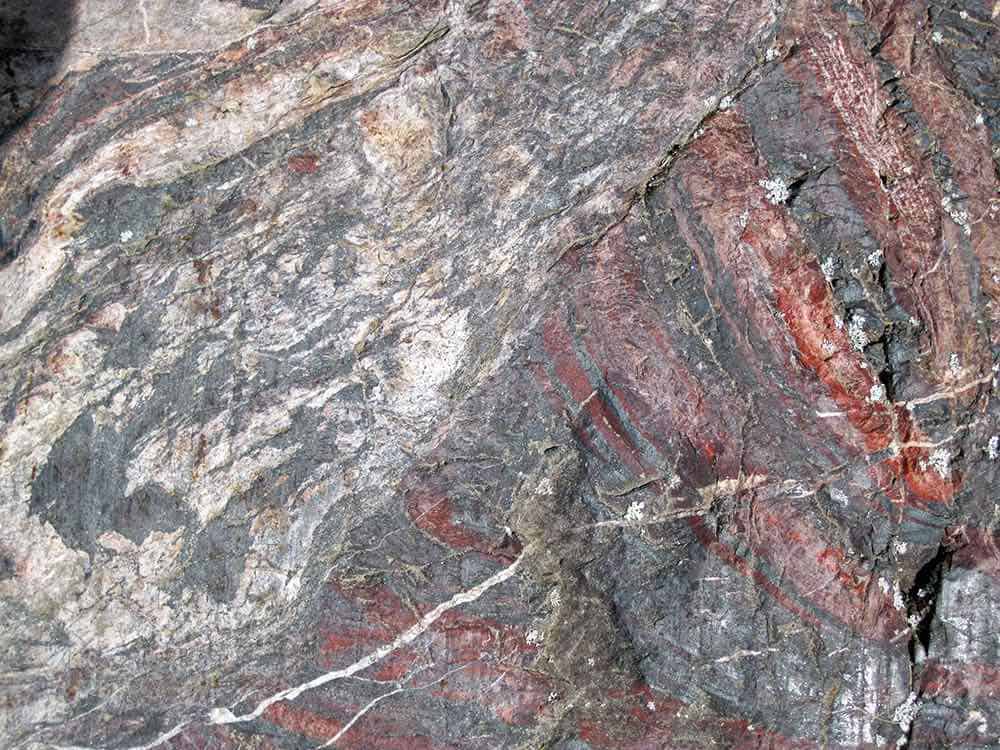I have experienced uncountable breathtaking views, not one of which wasn’t at least twice a nice when getting the history with it. The best thing about caving is enjoying nature’s beauty in a completely different way, which includes looking at it differently. Fortunately, rocks are formed by simple natures of law. If you get how it works, not only will you be able to enjoy caves more but you will know how to read them to make better decisions along the way.
Topics I’ll explain in this post are:
- How are rocks formed?
- How are caves formed?
- 5 Interesting facts on stalagmites and stalactites
- How to tell if a rock is a fossil?
- Which rocks are dangerous?
How are rocks formed?
There are three kinds of rocks:
- Igneous
- Sedimentary
- Metamorphic
These three kinds make up all the rocks we know, from marble to granite. What’s the difference between these three categories? The way the rocks are formed. So let’s get to it.
1. Igneous rocks
This kind of rock is most definitely the bad-ass in the family. It’s created when magma (aka molted rock) cools down. If the magma solidifies before reaching the surface, the rock becomes intrusive igneous. If the magma gets to the surface before solidifying, the rock is called extrusive igneous.
So there are two types of igneous rocks:
- Intrusive rock which is solidified magma.
- Extrusive rock which is solidified lava.
Intrusive igneous rock is usually more coarse-grained than its extrusive brother. Coarse grain means the grains are more than 3/16 of an inch. Medium grains are 1/64 to 3/16, fine grains less than 1/64 of an inch.
Just that bit of information can help us tell if a rock is created from magma or lava. Also, you can now tell the difference between an underworldly forged rock and a rock that was created above ground. Pretty cool, right?
Examples of igneous rock are: Granite, Pegmatite, Obsidian, Fire Opal and Scoria

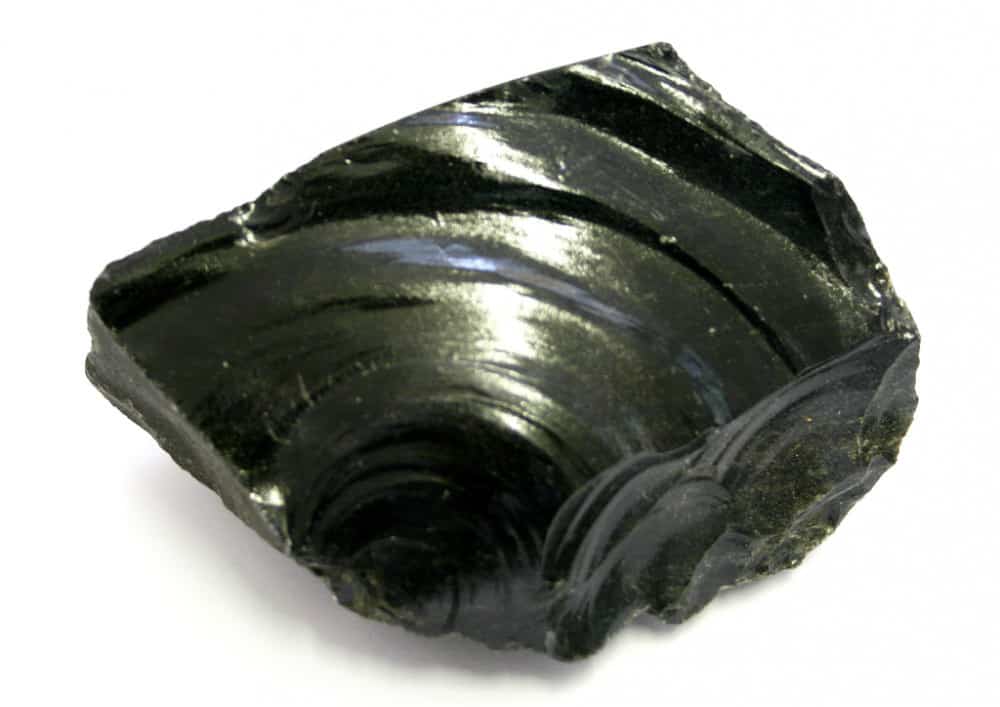
2. Sedimentary rocks
Sedimentary rock is the kind of rock that’s formed by compression. They’re formed when a bunch of sand and pebbles are compressed. Might not sound as cool as magma (or hot?), but hold your horses. Because sedimentary rocks are formed by compression, other stuff can get pressed into it. Sort of like mold. Think of skulls, bones, and shells… Exactly! Fossils.
There are three kinds of sedimentary rocks out there:
- Biogenic/Organic consists of fossil and shell fragments.
- Detrital/Clastic contains particles of preexisting rock
- Chemical contains minerals produced by chemical precipitation
Same as igneous rocks, there are three grades of grain sizes in sedimentary rocks: coarse, visible with the naked eye; medium, visible with a hand lens; and fine, only possible to see through a microscope.
Examples of sedimentary rock are Limestone, Flint, Coal, Sandstone and Rock Salt.
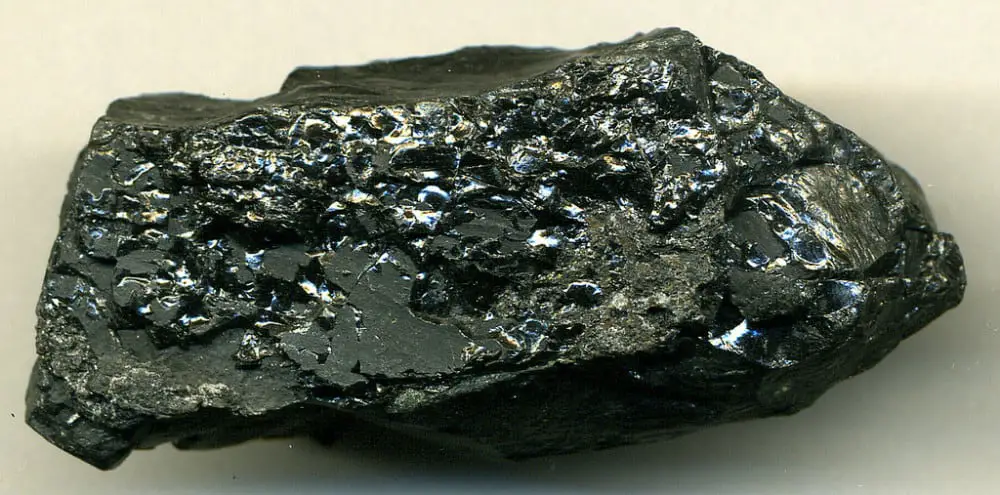
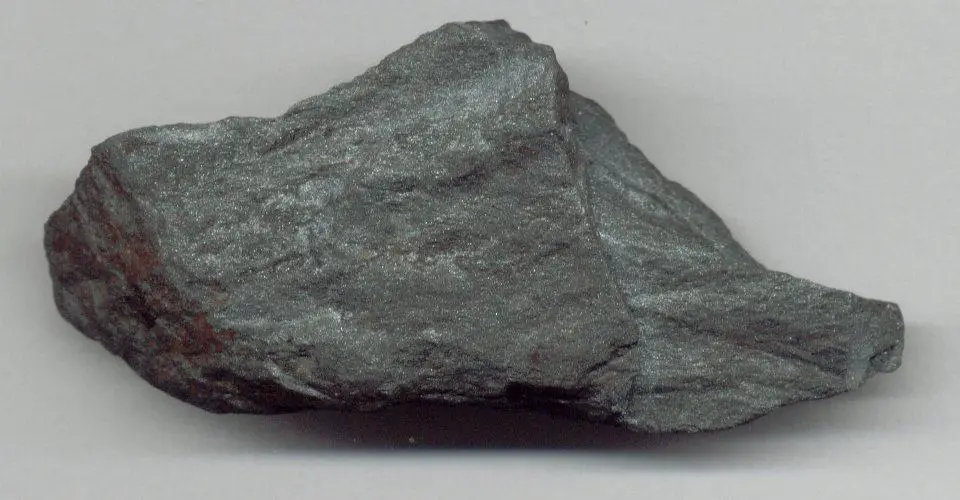
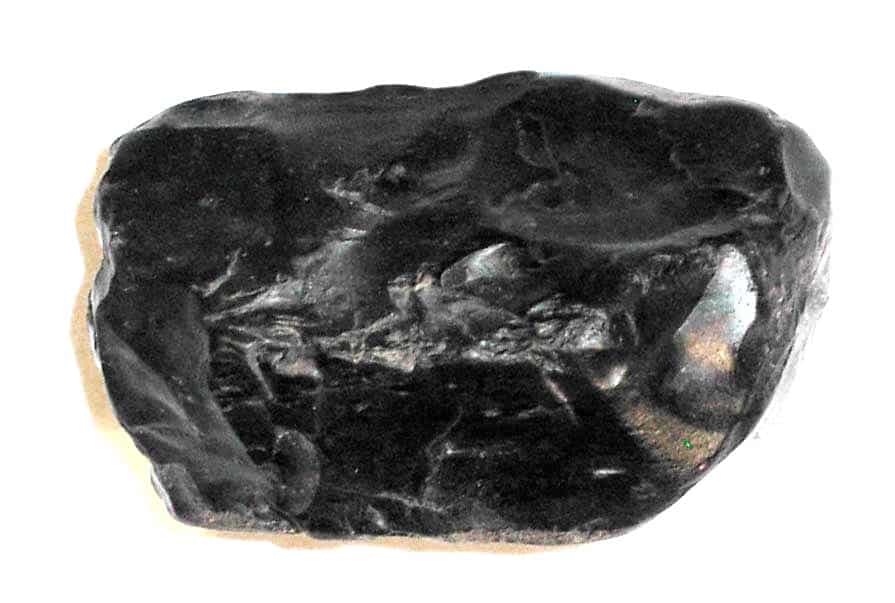
3. Metamorphic
This is the kind of rock that’s all, yet none of the above. It’s formed when rocks are subjected to heat and pressure, without melting. The orientation of crystals will differ, depending on whether a rock was formed under just heat or heat and pressure.
Examples of metamorphic rock are Marble, Gneiss, Lapis Lazuli, Soapstone and Slate.
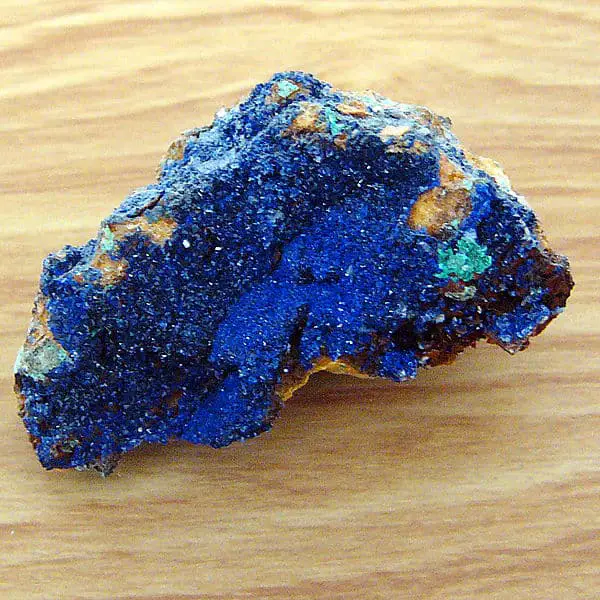
How are caves formed?
Well, now that we know how rocks are made let’s get into caves. Not physically, not yet. I am talking about how caves are made. This is how it’s done. Some limestone just sitting in the ground, chilling. Then some nasty-ass rain (filled with carbon dioxide) comes along and turns into weak acid, dissolving the limestone. The limestone doesn’t need any of that in its life, so it decides to get the hell out of there. Boom, caves. That might not be the scientific approach, but you get the picture.
How long does it take for a cave to form?
Obviously, this differs per location. It depends on a bunch of things, such as the amount of rain; carbon dioxide; and soluble rock present. Let me put it this way: if you just poured a bottle of carbon dioxide filled water down your backyard, don’t hold your breath. It’ll probably take hundreds of thousands of years before your neighborhood is home to a caving utopia.
This is, however, not always the case. Sometimes big groups of overhang rock are held together by limestone, but not consisting of it. Meaning it could take just a couple of minutes for the carbon dioxide water to dissolve the limestone, making the rest of the rock fall off creating a cave. This is pretty rare, though.
It mostly depends on the composition of the limestone. About 10% of all sedimentary rocks are limestone, and the composition of each limestone varies a lot. The main ingredient, however, is called calcium carbonate. This is also the part of the limestone which dissolves when carbon dioxide water flows through it.
Conclusion: the more limestone and water is present in a cave, the faster the cave expands. So the next time you step into a cave that’s rich with these two, beware of your surroundings.
5 Interesting facts on stalactites and stalagmites
Now that we understand how caves are formed, it all makes sense. Stalagmites are made up of these drops of mineralized solutions, dripping in the same spot over and over again leaving the calcium carbonate. This starts stacking until it creates what we refer to as a stalagmite. Stalactites are the same but form on the ceiling of a cave.
I’ve gone caving through the caverns of the internet for some fun facts on these bad boys, so let’s get to it!
- When a stalactite and a stalagmite meet, it becomes a column.
- The biggest known stalagmite in the world is roughly 70 meters (230 ft.). It’s located in Son Doong cave, Vietnam.
- Limestone stalactites form really slow. Researches believe the growth to be somewhere around 10 cm (4 inches) every thousand years.
- Tubular lava stalactites are created through segregations extruded by expanding gas into cave passages. Basically, the walls fart into little tubes making gassy stalactites – which look awesome!
- Stalactites are extremely solid. The myth of stalactites falling off due to too much noise in a cave is, well, a myth. You are more likely to be injured by falling rock than stalactites, by far.

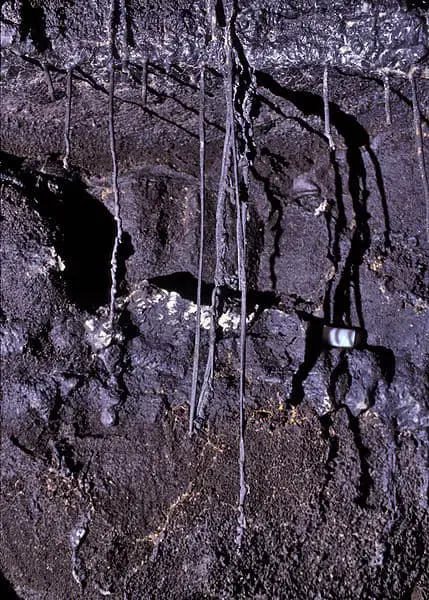
How to tell if a rock is a fossil
This is not an easy task, as archeologists spend up to their entire lifetime to get skilled enough to do this on sight. There are, however, a few tricks of the trade that aren’t that hard to master when it gets to identifying fossils.
- Texture. Bones are way more porous than rocks, making it possible to spot them by eye. Also, because of the sponge-like texture, one can check if they’re looking at a fossil by licking it. Yep, that’s right. Any fossil will stick to your tongue. So if that fossil you just licked didn’t stick, you just licked a dirty old rock, bro.
- Color. A fossil is usually a different color then the rock it’s surrounded by, which you can use to identify them. Also, stay away from bone-colored stuff. Any fossil worth finding has no longer that color.
- Shape. As fossils are created by organic forms, they often stand out from the rocky texture around. By looking for shapes that are off you’ll find it easier to spot a fossil.
Which rocks are dangerous?
Unfortunately, identifying whether a cave is dangerous or not is really hard. It takes multiple mapping sessions and an expert in reading the maps. That doesn’t mean there’s nothing we can do.
Caves are made up of a lot of big rocks. These rocks are held together by joints. Whether or not a cave is caving in, depends on the quality of these joints. If all the joints are solid, there’s not much to worry about. If a lot of joints are crumbling and big parts of rock are even shifting, you might just want to get the hell out of there. Of course, not all busted joints and shifted rocks immediately mean danger. Some rocks have shifted decades ago, and are now steady.
Another way to tell if a cave is dangerous is by looking at the rocks that cover the floor. The older a rock gets, the more fragile it becomes. So if the floor is covered in small rocks, that means it’s been there for a while. If there’s a lot of big, ‘fresh’ rocks around a specific area, the cave might just be very actively changing in that location. Again, not the best place to have a picnic.
Related Questions
What is the opening of a cave called? The opening of a cave is simply called the entrance. There is no other official, more scientific name for it.

